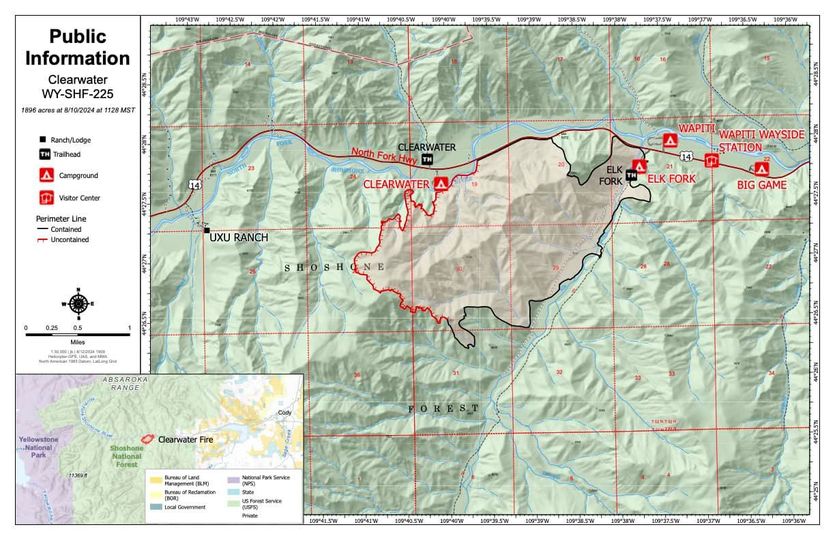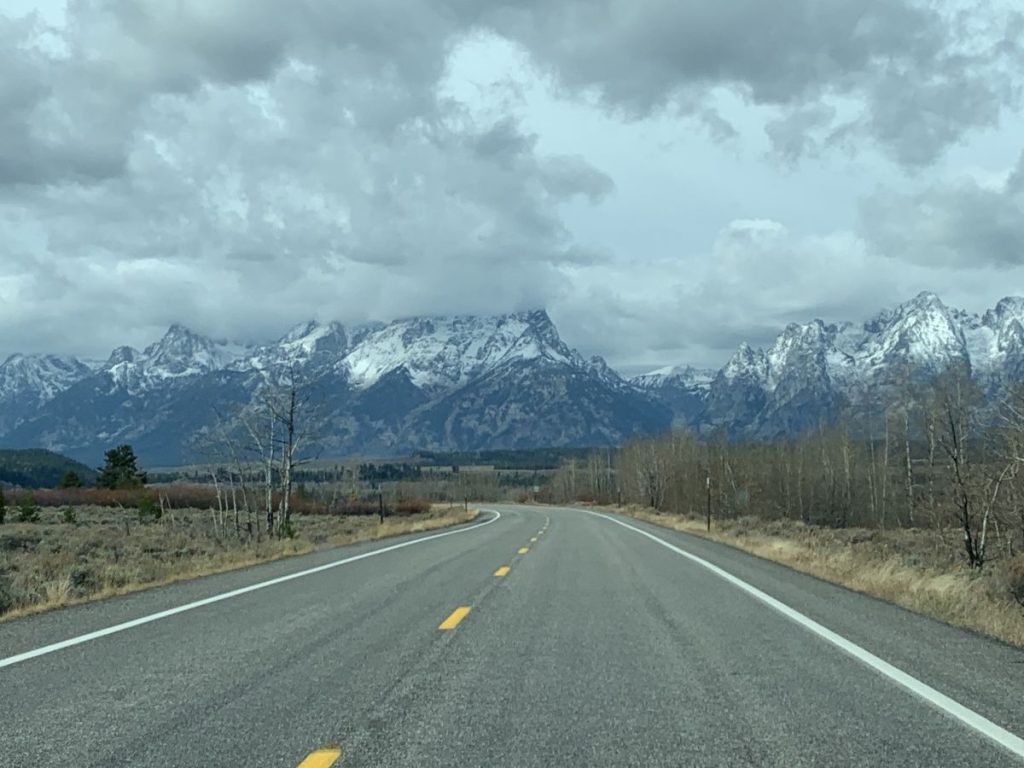Wyoming Wilderness Areas: A Guide to the 5 Wilderness Areas Near Yellowstone
Written by Nick on May 7, 2023
Discover Untouched Wyoming Wilderness Areas Near Yellowstone National Park
Adjacent to the world’s first national park, you’ll find the nation’s first national forest: the Shoshone National Forest.
You may not know it, but this national forest is home to all or part of five distinct Wyoming wilderness areas. There’s arguably no better place to immerse yourself in the great outdoors and discover what the wilds of Wyoming have to offer.
Exploring designated wilderness areas can be quite the undertaking and, given the mountainous terrain and remote location of the Shoshone National Forest, it pays to know before you go.
Whether you’re a Yellowstone visitor looking to get off the beaten path or an experienced outdoorsman exploring every corner of the Equality State, here’s what you need to know about each of the five Wyoming wilderness areas near Yellowstone National Park.
Absaroka-Beartooth Wilderness
This is one of those Wyoming wilderness areas that actually spans multiple states and national forests. The Absaroka-Beartooth Wilderness exists on both sides of the Wyoming-Montana border and includes parts of the Shoshone, Gallatin, and Custer National Forests.
Located in the volcanically-formed Absaroka Mountain Range and the granitic Beartooth Range, this wilderness area is one of the most rugged in the continental United States.
On the Montana side, you’ll find the state’s highest peak. At an elevation of 12,799 peak, Granite Peak isn’t far from the border.
You’ll also find a plethora of glacial valleys, hundreds of lakes, and imposing plateaus.
One unique feature of this area is what’s known as the grasshopper glacier. As you might’ve guessed, this type of glacier contains millions of frozen grasshoppers, and you can find several such glaciers in this wilderness area.
The closest towns are Cody, Wyoming; Livingston, Montana; and Red Lodge, Montana. In fact, Cody is a prime place to access a number of Wyoming wilderness areas.
Fitzpatrick Wilderness
Carved by glaciers, the Fitzpatrick Wilderness sits between the Continental Divide on its west and the Wind River Indian Reservation on its eastern border.
You’ll find 44 active glaciers in what many consider to be one of the most breathtaking Wyoming wilderness areas. Fitzpatrick is also home to Wyoming’s highest point: Gannett Peak, with an elevation of 13,804.
Named for Tom Fitzpatrick — a partner of Jim Bridger and also a mountain man in his own right — this wilderness area was designated in 1976. It boasts nearly 200,000 gorgeous acres within the Wind River Range.
Located further from Yellowstone, the best place to access the Fitzpatrick Wilderness is Dubois, Wyoming.
This is a prime Wyoming location for camping, backpacking, and horseback riding.
Popo Agie Wilderness
Pronounced puh-POE-zha, Popo Agie means “beginning of the waters.” As such, expect to find this extreme terrain high in the Wind River Range around the Continental Divide.
The highest summit here is Wind River Peak, which rises to 13,225 feet. You’ll find another 20 summits in the Popo Agie Wilderness that top 12,000 feet, so there’s no shortage of scenic hikes here.
Perhaps one of the most picturesque Wyoming wilderness areas, the Popo Agie Wilderness is home to over 300 lakes and ponds as well as several Wind River tributaries: the South Fork of the Little Wind, North Fork of the Popo Agie, and the Middle Fork of the Popo Agie Rivers.
With attractions like the Cirque of the Towers, it’s no wonder so many people hike the trails here. The best place to start an adventure into the Popo Agie Wilderness is Lander, Wyoming.
Washakie Wilderness
By far the largest on our list of Wyoming wilderness areas, the Washakie Wilderness includes over 700,000 acres in the southern Absarokas.
The geologic formations and distinct natural features of this wilderness area make for quite the backcountry experience, but you shouldn’t go on a whim. Within the Washakie Wilderness, you’ll find grizzly bears, wolves, and mountain lions in significant numbers.
Despite the need for precautions, many hunters venture into this and other Wyoming wilderness areas to hunt black bears, elk, moose, bighorn sheep, and more.
It’s an extreme landscape accompanied by outlandish weather. Summer temperatures commonly surpass 80 F, while higher elevations could see snow on any day, in any season.
Along US 14/16/20, which runs between Cody, Wyoming and Yellowstone’s East Entrance, there are a few superb campgrounds for accessing the Washakie Wilderness.
North Absaroka Wilderness
Finally, we have the Northern Absaroka Wilderness. About half the size of the Washakie Wilderness at 350,488 acres, this area was designated wilderness in 1964 and contains some 200 miles of fairly rough trails.
In fact, Shoshone National Forest officials say hikers “run a high risk of getting lost or hurt” in the North Absaroka Wilderness, so this isn’t the place to be if you’re an amateur or looking for a quick hike.
Even so, this could be the most isolated, natural, and inspiring of all Wyoming wilderness areas. The country is challenging, the mountains tower over you, and the weather can challenge you year-round, especially when summer rainstorms cause flash flooding and devastating mudslides.
It’s an incredible place to fish. There aren’t many lakes, but you’ll find the streams full of rainbow, brown, brook, and cutthroat trout.
Hunting season sees an influx of hunters after elk, bighorn sheep, and moose. Like the Washakie Wilderness, this is big-time grizzly country, and every visitor should be prepared. If you haven’t already, brush up on these safety tips for visiting or living in bear country.
Pahaska Campground is the best place to begin your journey into the North Absaroka Wilderness.



